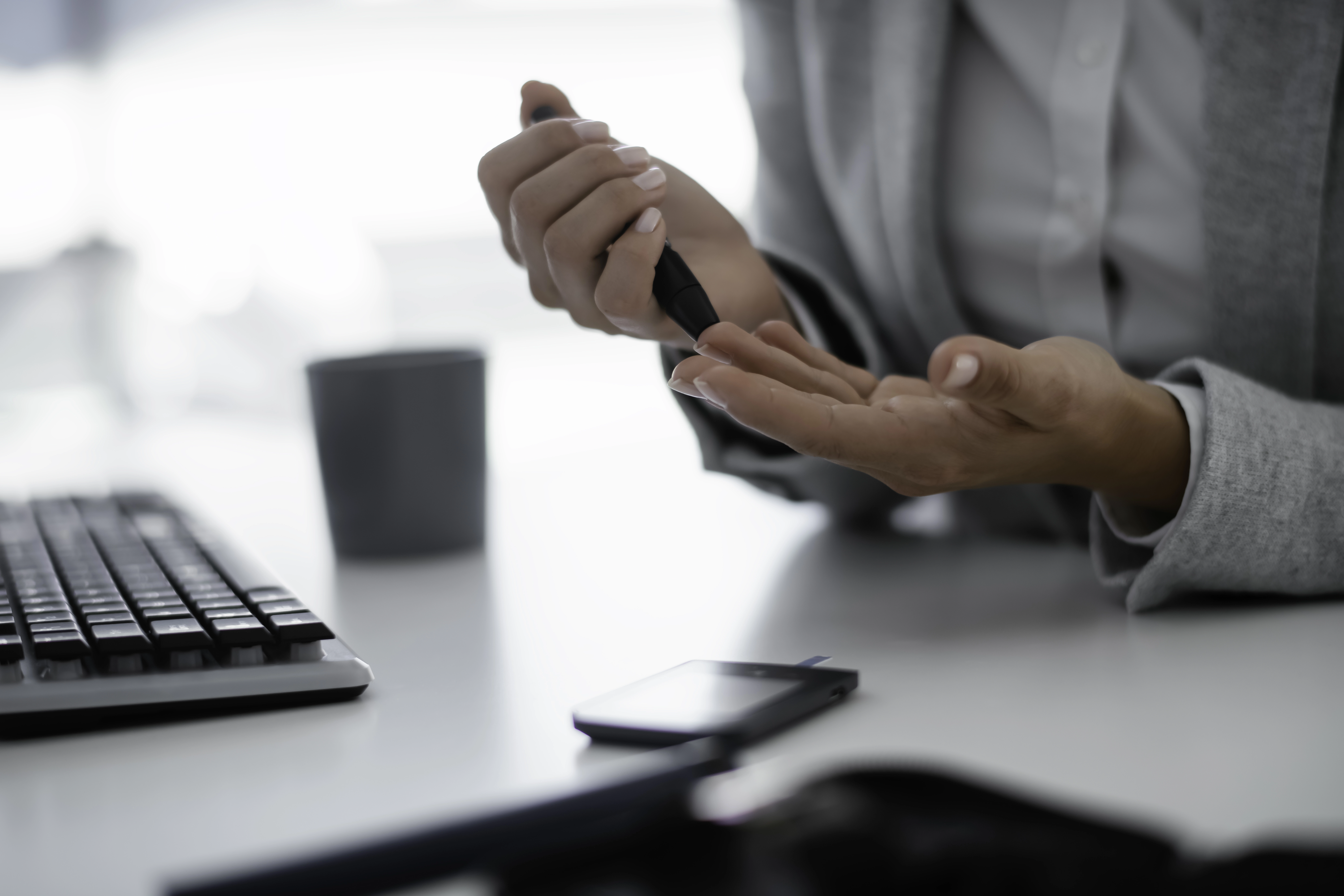Treating hypoglycemia in school

Hypoglycemia is when the level of glucose in the blood falls too low for the body to function properly. It is the most common and most dangerous condition for many people with type 1 diabetes (T1D). Very low blood glucose may lead to unconsciousness, which can be life-threatening if not promptly treated. Fast action is required! It is important to not leave the student unattended until completely recovered (this may take up to 30 minutes).
Symptoms vary with each individual, however common ones include:
- Inability to concentrate
- Fatigue
- Headaches
- Mental confusion
- Blurred/double vision
- Feeling cold and clammy
- Pale, moist skin
- Sweating
- Extreme hunger
- Loss of coordination
- Shakiness
Causes
- Not enough food
- Too much insulin
- Unplanned exercise
Treatment
If the student is conscious:
- If possible, have the student check their blood glucose level. If they are unable to test, or if their blood glucose level is low, GIVE FAST ACTING SUGAR IMMEDIATELY (juice, glucose tablets, sweet pop).
- Call the parent and receive further instruction. Wait 10 to 15 minutes and have the student recheck their blood glucose, if possible. Repeat above if blood glucose level is still low.
- Do not leave student unattended until completely recovered.
If the student is unconscious:
- Call 911. Do not attempt to give anything by mouth.
- Call the parent immediately to receive further instruction.
Be prepared
Parents
- Complete the suggested student Diabetes Management Plan.
- Provide proper education to school personnel (including bus drivers, etc.).
- Ensure appropriate diabetes supplies and food is available at the school (stored in an easy to access area) and restocked as needed.
Student
- Wear proper medical identification.
- Inform your friends and teachers that you live with T1D, and let them know how they can help in an emergency.
- Carry the appropriate diabetes supplies and food with you at all times.
School Personnel
- Know who lives with T1D in your classroom.
- Know the procedures to follow when an emergency situation arises.
- Bus drivers and cafeteria personnel should also be notified of any special needs (i.e. child to sit behind bus driver and be permitted to eat on the bus).
